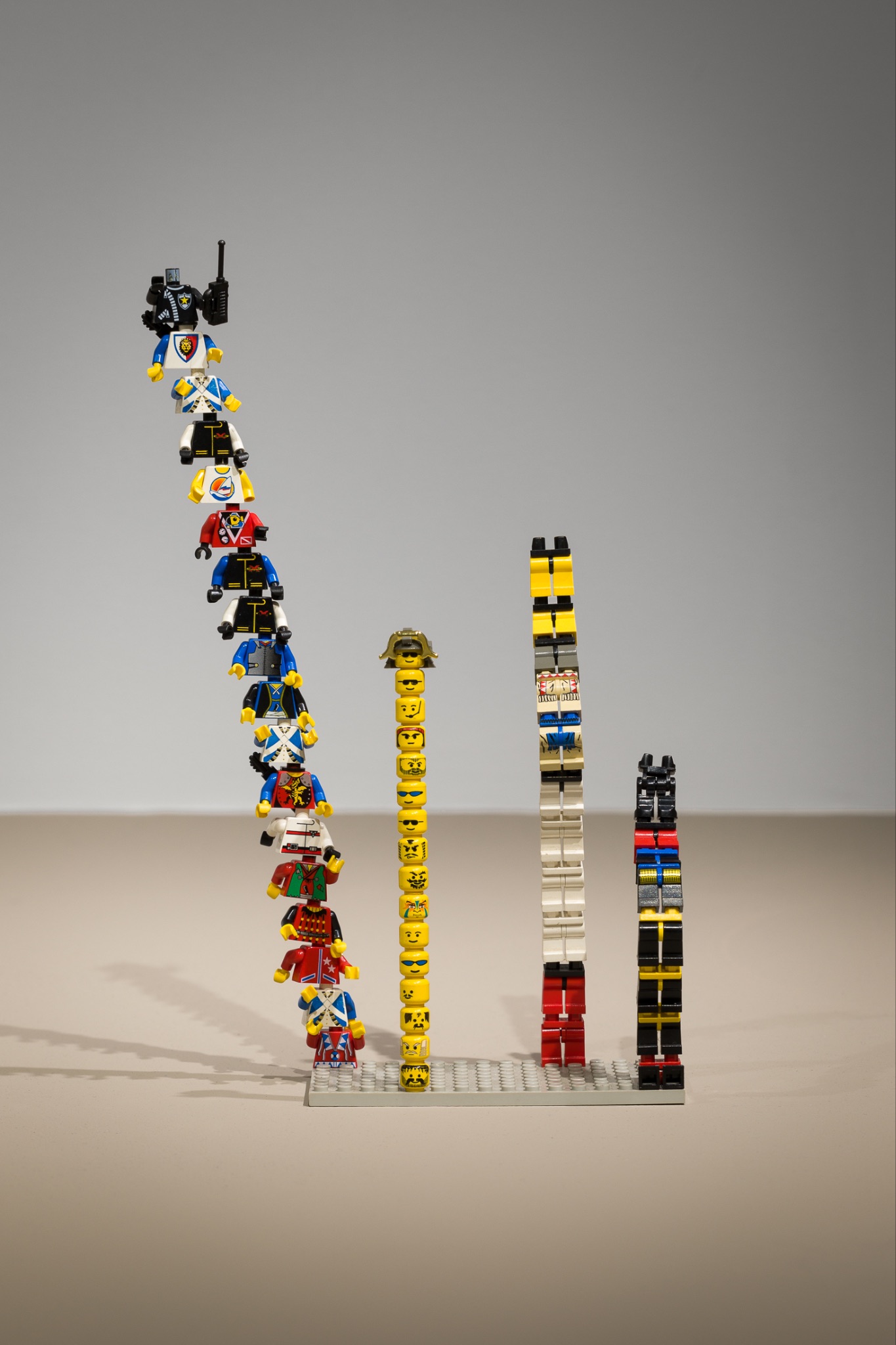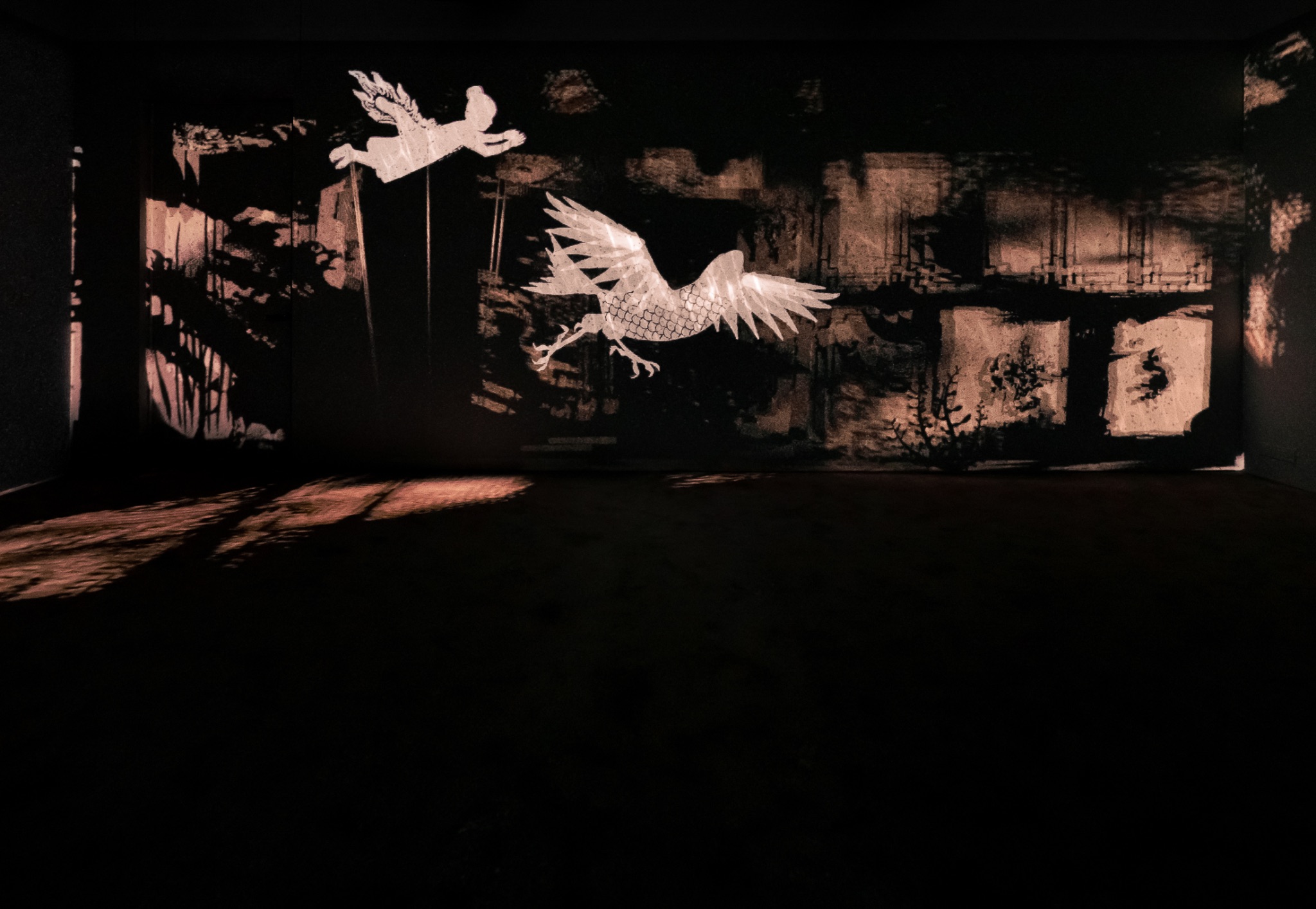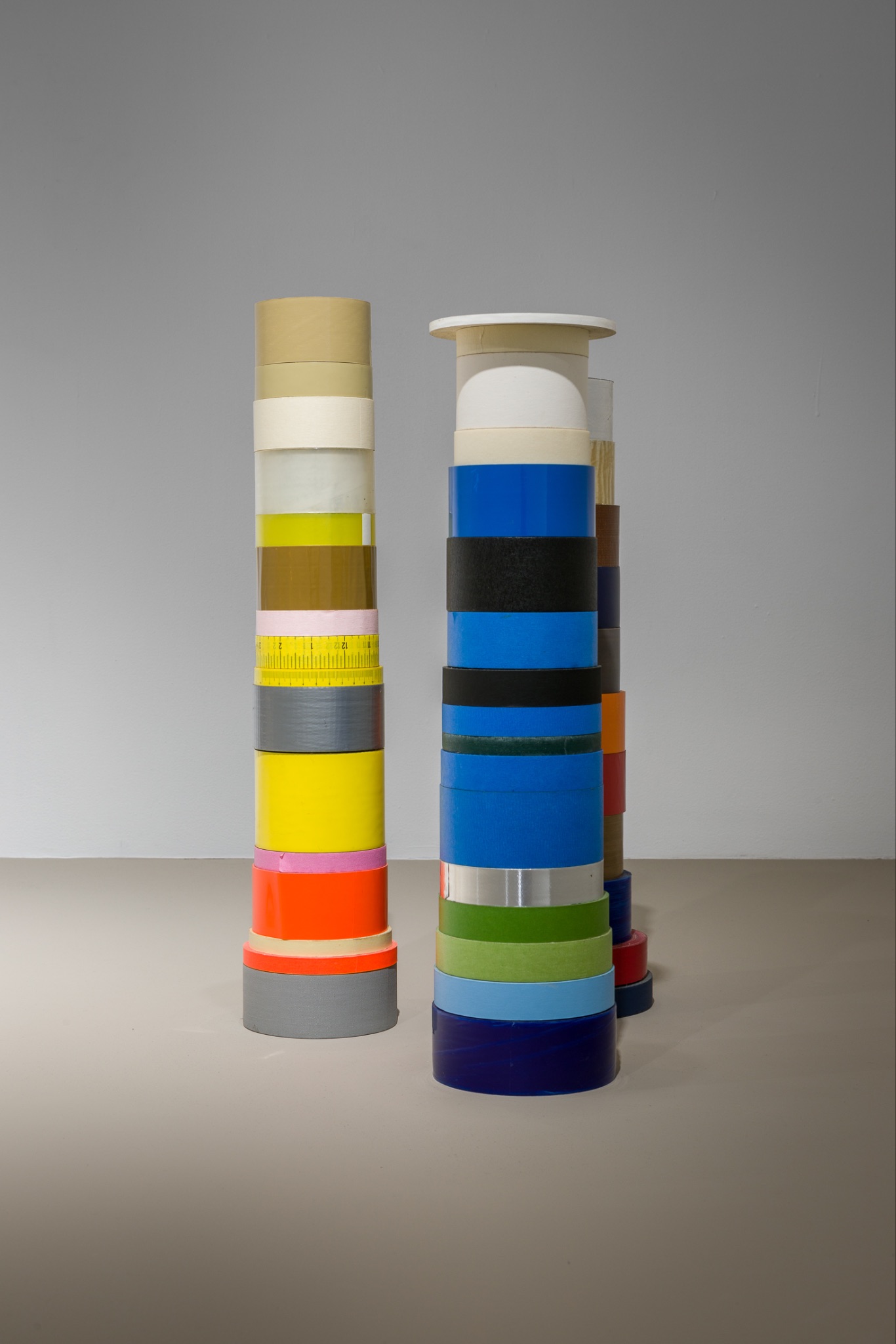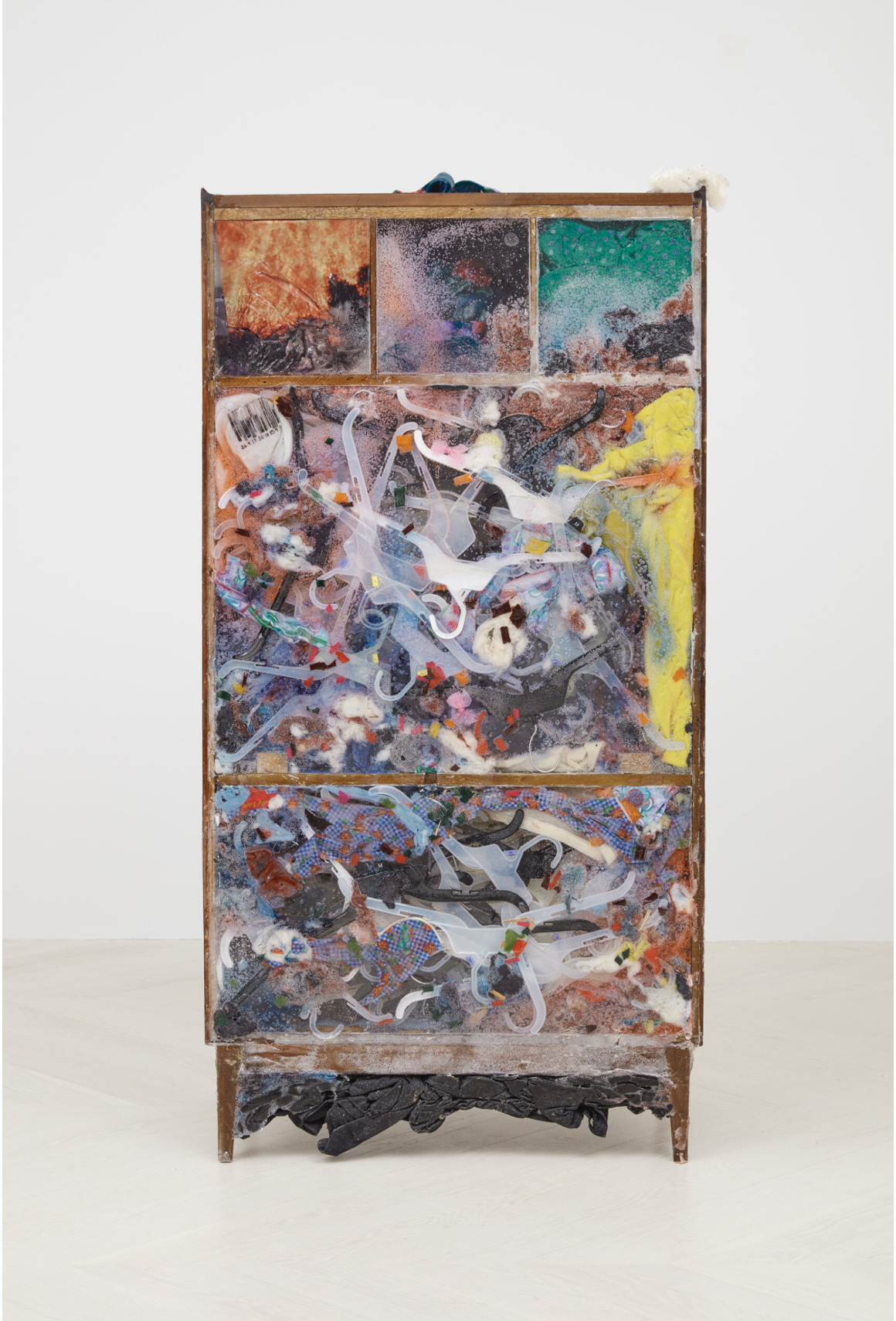Cement Greenberg #7: Suspended

A bi-monthly collection of mixed reviews.


Lap-See Lam: Tales of the Altersea at the Swiss Institute
It is hard to stay indifferent to Lap-See Lam’s shadow play in the basement of the Swiss Institute, even if you, like I am, are caught up in the particular brand of cynicism that characterizes New Yorkers. Lam presents an immersive video that is consistently rich and engaging for its duration of twenty minutes. In this animated world, characters are floating, as if underwater, while a charismatic vocalist unfolds a tale of two children, twin sisters, who are traveling within troubled territories. The score is both original and beautiful, and so are the figures filling up the four walls and the floor of the space. As much as the installation is captivating, the work fails to speak for itself. The narrative is impossible to follow, although the press release provides some guidance: the work, apparently, is an “invocation of shuttered or sold Chinese restaurants in Europe.” While the video is fascinating, and so is the research of the artist, gluing these two parts of the artist’s practice in the form of a cause and effect, seems forced. Lastly, there is the Swiss Institute’s everlasting unexplainable obsession to tackle the near-impossible task of curating their staircase. It is unclear whether these objects are works of art in their own right, or discursive material. To date, everything I have seen installed on the walls of this staircase looks like ornament.


Jac Leirner: Jac Leirner at the Swiss Institute
This summer the Swiss Institute took upon itself the challenge of battling cynicism. On view in the basement, Lap-See Lam’s shadow play can at first be mistaken for a corny fairy tale but soon reveals itself as a complex project which calls for critical reflection on culture and race. Despite Jac Leirner’s work being what it seems, it is surprisingly convincing. The viewer is asked to be open to an artist’s practice of collecting found objects and arranging them together. This mode of work has been around for decades and I expect audiences to long since be numb to the magic of exhibiting a multitude of different pencils or rolls of tape (or other things collected over the artist’s odd forty-some year career) next to each other. Leirner’s attraction to objects has the naivete of a tourist who collects tickets from shows, matches from coffee shops, and pens from famous museums around the world. Despite the odd simplicity of the gesture—to collect mundane cheap stuff—Leirner has faith in their practice and is intelligent enough to channel their care of it through their work. As a viewer, I believe it. The exhibition shows that there is still is magic in looking closely and inviting material things to make stories and jokes alongside one another.


Kevin Beasley: In an Effort to Keep at Casey Kaplan
Kevin Beasley is an outstanding artist of his generation. Despite his young age, he has gained well-deserved recognition for his original sound-based work and sculptural practice. His robust solo show at Casey Kaplan presents objects that have become signatures to his practice: cotton and clothing suspended in resin. Some objects are sculptural and are positioned in the space as such white others are wall works that function more like a painting. In the case of the painting-like works, Beasley’s latest innovation is mark-making on the surface of the works, transforming the abstract, highly expressive colorful picture plain into a figurative painting. With a sharpie, he draws shapes that translate the dyed cotton into landscapes, namely of his family’s property in Virginia which is a central site in Beasley’s personal ethos. Classically, the blind spot of the young and acclaimed artist is self-editing. The gallery’s staff did not cover for him either: the show is packed with work, and weak pieces cast a shadow on the strong ones. Objects suspended in resin are captivating indeed, but when there are several closets, and a kitchen island too, and dozens of wall works, one’s excitement is bound to wear off. Beasley’s signature becomes literally repetitive, and as such, less powerful.
You Might Also Like
Cement Greenberg #6: Text is in the Air
A Triple Embrace with Louise Bourgeois, Miles Greenberg, and Yoko Ono

